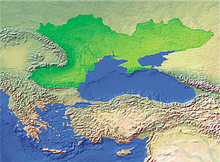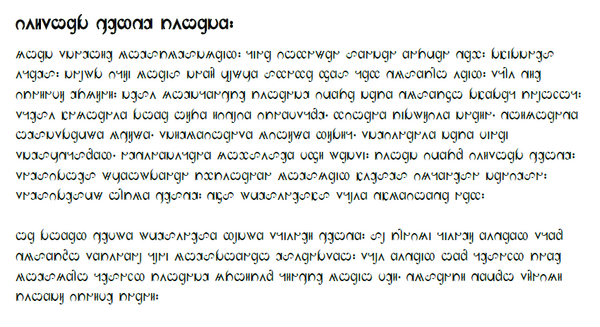Lemizh
| Lemizh | |
|---|---|
| lemỳzh. | |
| Pronunciation | [lɛmˈɯ̀ʒ] |
| Created by | Anypodetos |
| Date | 1985 |
| Setting | Alt-history Europe |
| Native to | Lemaria |
Indo-European
| |
Early form | Proto-Lemizh
|
| Lemizh alphabet | |
| Sources | Proto-Indo-European |
| Official status | |
Official language in | Lemaria |
Lemizh ([lεˈmiʒ], native pronunciation: [lɛmˈɯ̀ʒ]) is a language I invented with the aim of creating a grammar as regular and simple as possible. It was originally intended as an international auxiliary language. However, it turned out that a simple grammar is not necessarily a grammar that is easy to learn: the more ways I discovered to simplify the grammar, the further away it moved from Indo-European and probably all other familiar language structures. Expecting anyone to learn Lemizh, at this point, would be completely unrealistic.
So I needed a new justification for the language: enter the Lemizh, a people living to the west and north of the Black Sea in an alternate history that drifted away from ours between two and eight millennia ago. Of course, it is extremely unlikely that they would speak a language that was completely exceptionless. To be precise, the chances are two to the power of two hundred and seventy-six thousand seven hundred and nine to one against. But they say that everything has to happen somewhere in the Multiverse. And everything happens only once.
History
Orthography and phonology
The alphabet is phonetic: each letter corresponds to a certain sound, and each sound is represented by a single letter. This article uses the standard transcription of the native Lemizh alphabet.
| Letters of the Lemizh alphabet (Latin transcription) | ||||||||||||||||||||||||||||
|---|---|---|---|---|---|---|---|---|---|---|---|---|---|---|---|---|---|---|---|---|---|---|---|---|---|---|---|---|
| a | e | y | i | o | ö | u | ü | l | rh | r | ng | m | g | d | b | k | t | p | gh | zh | z | dh | w | x | sh | s | th | f |
The direction of writing is left to right.
Consonants
| bilabial | dental | alveolar | postalveolar | velar | ||
|---|---|---|---|---|---|---|
| nasals | m [m] | ng [ŋ] | ||||
| plosives | p [p] • b [b] | t [t] • d [d] | k [k] • g [g] | |||
| fricatives | f [ɸ] • w [β] | th [θ] • dh [ð] | s [s] • z [z] | sh [ʃ] • zh [ʒ] | x [x] • gh [ɣ] | |
| liquids | lateral approximant | l [l] | ||||
| approximant | rh [ɹ] | |||||
| trill | r [r] | |||||
Vowels
| front | back | |
|---|---|---|
| close | i [i] • ü [y] | y [ɯ] • u [u] |
| open-mid | e [ɛ] • ö [œ] | a [ʌ] • o [ɔ] |
Two consecutive different vowels are pronounced as a diphthong; two consecutive identical vowels as a long one. Single vowels are always short.
Lemizh uses moræ for structuring words: a short syllable equals one mora, and a long syllable equals two. In Lemizh, every vowel is the centre of a mora; consequently, two consecutive vowels result in two moræ or one long syllable.
Accent
Lemizh has got a two-way pitch-accent system, in that accented moræ are not only spoken louder (as in English), but also have either a lower or a higher pitch than the surrounding unaccented ones. The vowel at the centre of a low-pitch accented mora is transcribed with a grave accent: à è etc. The vowel at the centre of a high-pitch accented mora is transcribed with an acute accent: á é etc.

